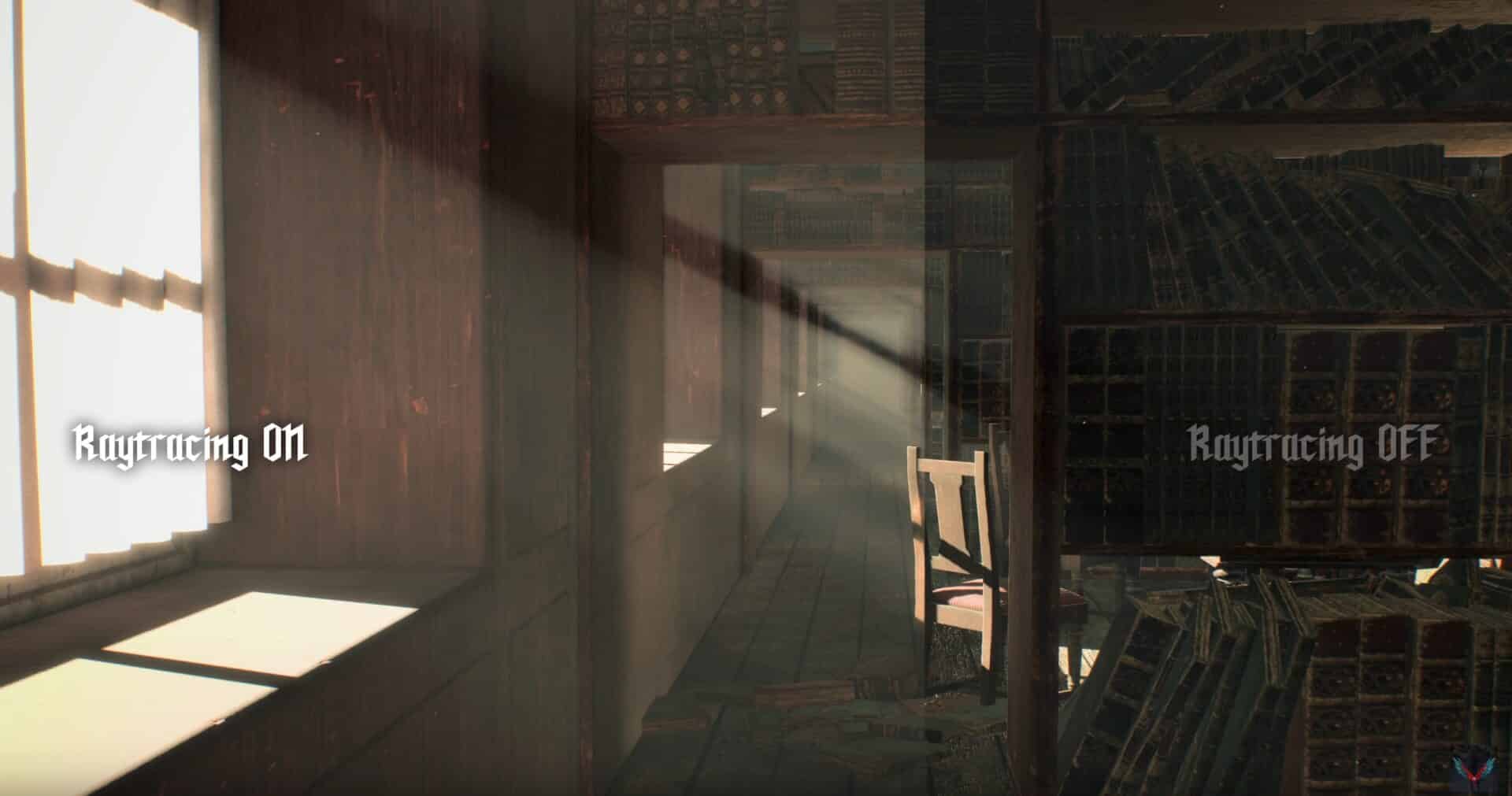

The memory bus width is narrower than that of the RTX 3080, at just 256-bit, but AMD found a solution to its memory sub-system bottlenecks in the form of Infinity Cache, an on-die 128 MB 元 cache running at 2 TB/s, which accelerates memory access. AMD also doubled the memory amount to 16 GB and uses the fastest JEDEC-standard 16 Gbps GDDR6 memory. Each of the chip's 72 RDNA2 compute units has one Ray Accelerator unit. PowerColor's Radeon RX 6800 XT Red Devil is based on the new AMD 7 nm "Navi 21" RDNA2 silicon and armed with 4,608 stream processors, an 80% increase over the RX 5700 XT and 100% increase over the RX 5700. AMD in its launch event claimed that the RX 6800 XT performs in the same league as NVIDIA's flagship RTX 3080, and the RX 6800 goes against the RTX 2080 Ti (or RTX 3070), which should mark AMD's return to the high-end segment on the back of this performance uplift. As it stands, it will still be some time before we have pure raytraced graphics, and both NVIDIA and AMD are stuck with having to combine raster 3D graphics with certain real-time raytraced elements. A side-effect of this approach is an enormous performance uplift with traditional raster 3D rendering performance.

That's why AMD doubled the SIMD resources over the previous-generation RDNA, coupled with a new high-clock-speed silicon design. While the most compute-intensive part of ray-tracing, ray intersection, is processed by fixed-function hardware, quite a few aspects, such as denoising, are handled via compute shaders. The RDNA2 graphics architecture is built on the philosophy of enormous amounts of compute power to accomplish real-time raytracing.


 0 kommentar(er)
0 kommentar(er)
